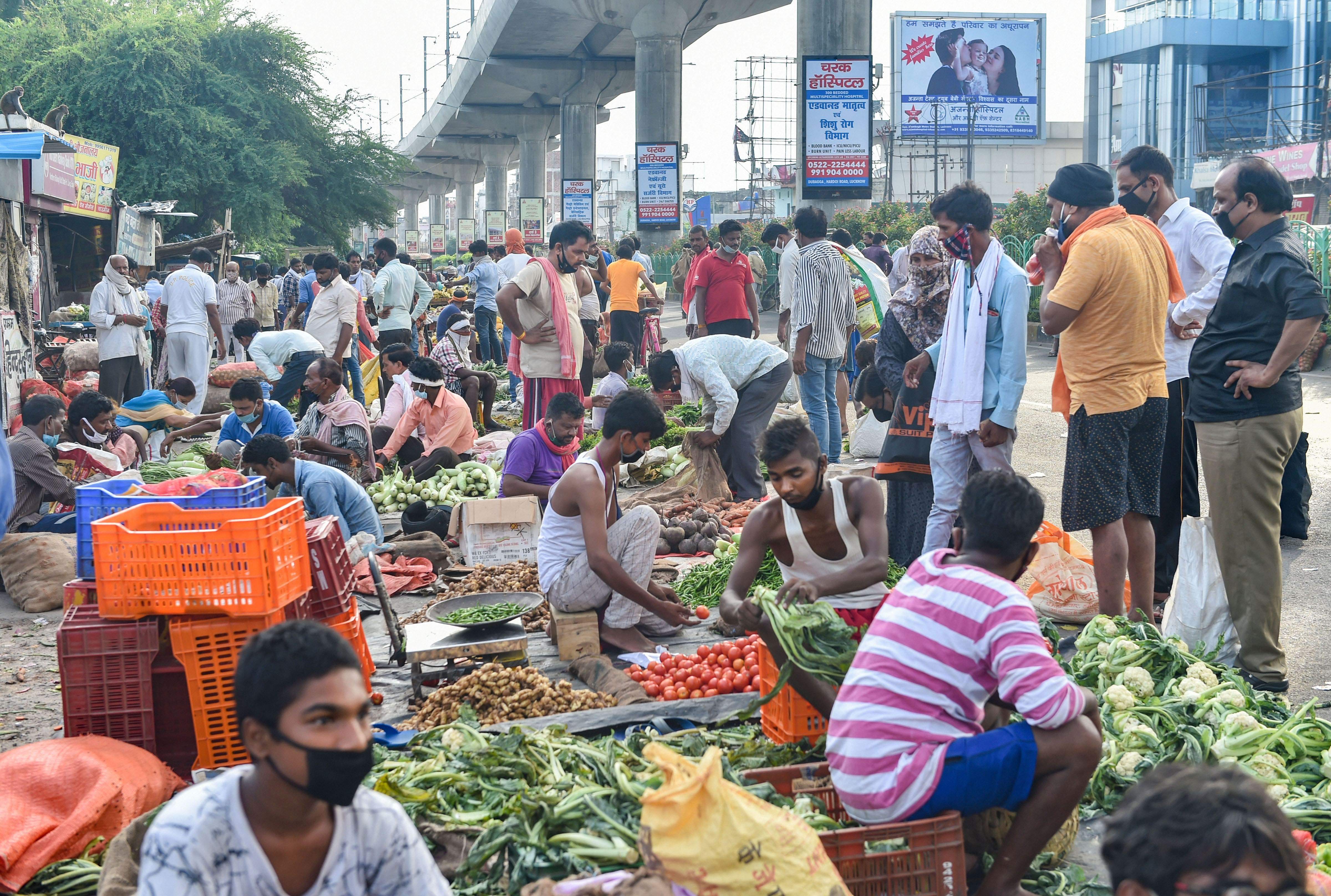
Moody's upgrades India's outlook to stable, affirms rating

International credit ratings agency Moody’s has upgraded India’s rating outlook to stable from negative, saying a recovery is underway in Asia’s third-largest economy, and growth this fiscal will surpass the pre-pandemic rate.
Moody’s Investors Service, however, kept India’s sovereign rating at Baa3 — which is the lowest investment grade, just a notch above junk status.
The change in the rating outlook to stable from negative, which was assigned in November 2019, reflected receding downside risks to the economy and financial system.
“An economic recovery is underway with activity picking up and broadening across sectors,” Moody’s said.
Following a deep contraction of 7.3 per cent in fiscal 2020 (ended March 2021), Moody’s expects India’s real GDP to surpass 2019 levels this fiscal year (April 2021 to March 2022), rebounding to a growth rate of 9.3 per cent, followed by 7.9 per cent in the next financial year.
“Downside risks to growth from subsequent coronavirus infection waves are mitigated by rising vaccination rates and more selective use of restrictions on economic activity, as seen during the second wave,” it noted.
Also read: After RBI and Moody’s, Fitch Ratings now cuts India’s growth forecast
The US-based rating firm had in 2020 lowered India’s rating from Baa2 with a negative outlook, saying there would be challenges in policy implementation amid low growth and deteriorating fiscal position.
In a statement on Tuesday, Moody’s said, “the decision to change the outlook to stable reflects Moody’s view that the downside risks from negative feedback between the real economy and financial system are receding.” With higher capital cushions and greater liquidity, the banks and non-bank financial institutions pose a much lesser risk to the sovereign than Moody’s previously anticipated.
Also read: Second wave, curbs will weaken India’s growth recovery: Moody’s
“And while risks stemming from a high debt burden and weak debt affordability remain, Moody’s expects that the economic environment will allow for a gradual reduction of the general government fiscal deficit over the next few years, preventing further deterioration of the sovereign credit profile,” it added.
It further said that solvency in the financial system has strengthened, improving credit conditions which Moody’s expect to be sustained as policy settings normalise.
In addition, banks have strengthened their capital positions, pointing to a stronger outlook for credit growth to support the economy.
Looking ahead, Moody’s expect real GDP growth to average around 6 per cent over the medium term, reflecting a rebound in activity as conditions normalise.
Also read: Moody’s projects Indian economy to contract 11.5% this fiscal
The government announced reforms throughout the pandemic that include — measures aimed at increasing the flexibility of labour laws, raising agricultural sector efficiency, expanding investment in infrastructure, incentivising manufacturing sector investment and strengthening the financial sector. “If implemented effectively, these policy actions would be credit positive and could lead to higher potential growth than expected,” Moody’s said.
However, it noted that India’s general government debt burden increased sharply from 74 per cent of GDP in 2019 to an estimated 89 per cent of 2020 GDP, significantly higher than the Baa median of around 48 per cent.
“Looking ahead, Moody’s expects the debt burden to stabilise at around 91 per cent over the medium term, as strong nominal GDP growth is balanced by a gradually shrinking but still sizeable primary deficit,” it said.
It added, “combined, a higher debt burden and weaker debt affordability than before the pandemic, which Moody’s expects to persist, contribute to lower fiscal strength.”


